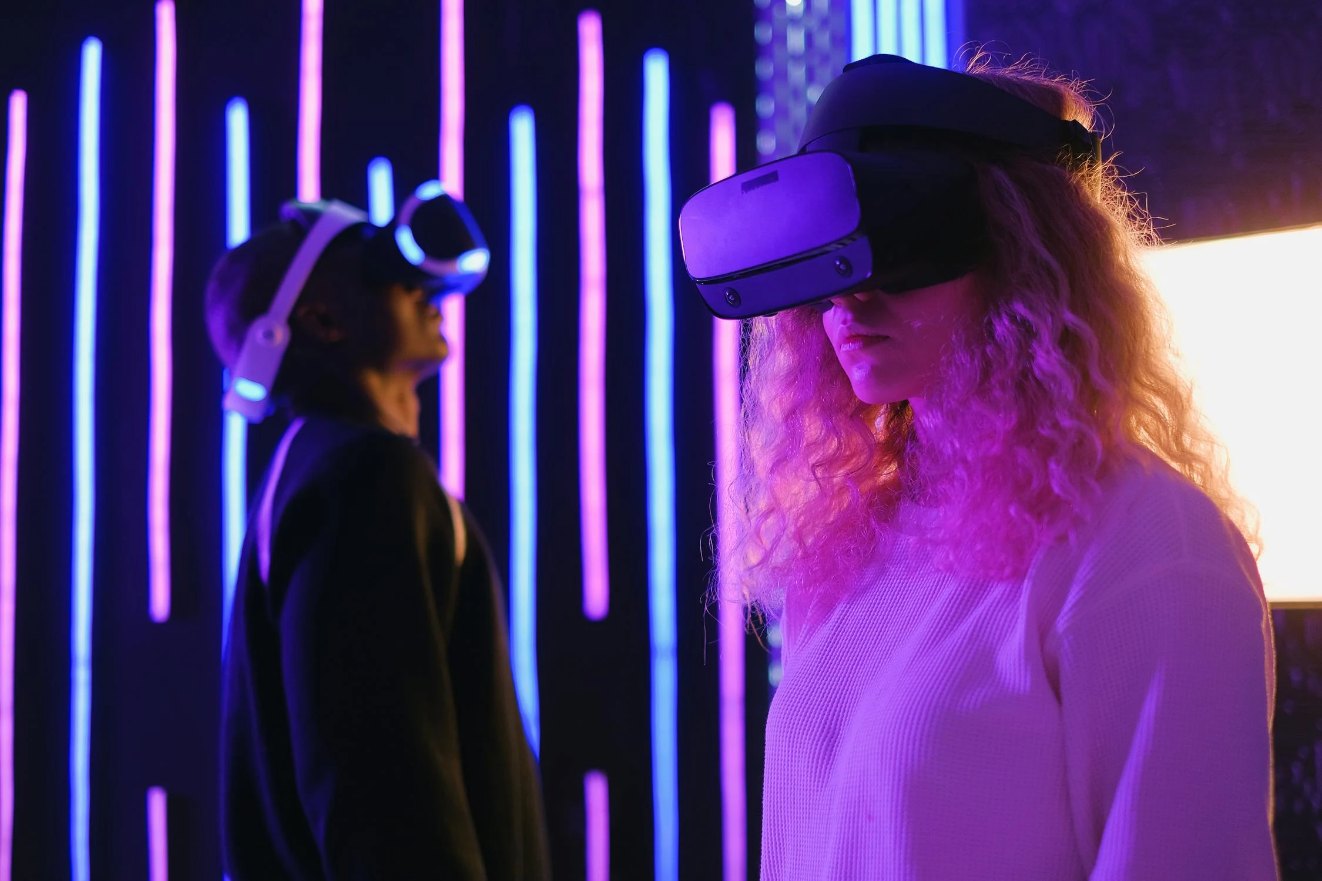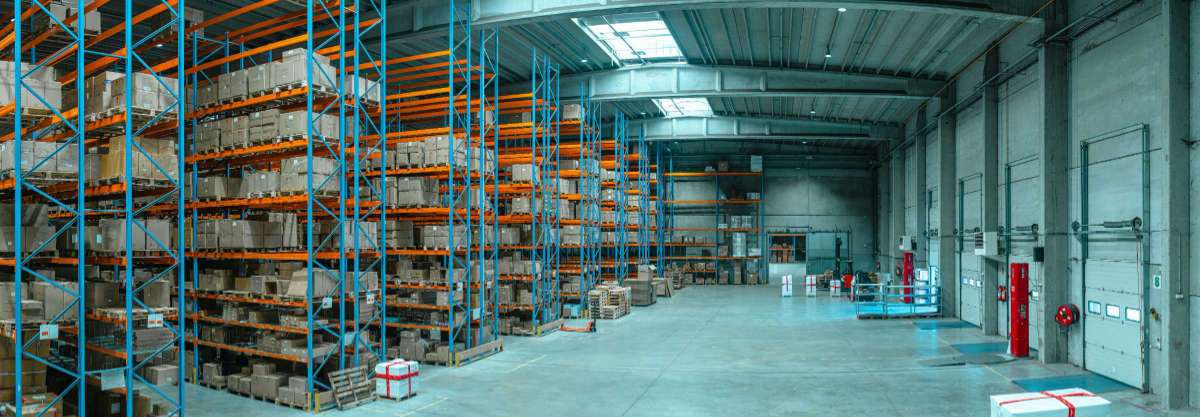Training the Workforce: AR and VR in Corporate Learning and Development

5 min read
12 Oct 2025
In the realm of corporate learning and development, augmented reality (AR) and virtual reality (VR) are revolutionizing traditional training methods. These immersive technologies offer innovative solutions for upskilling and reskilling employees, providing realistic and interactive learning experiences that enhance engagement and retention.
AR and VR simulations enable employees to practice real-life scenarios in a safe and controlled environment. For instance, employees can undergo virtual simulations of customer interactions, equipment operation, or emergency procedures, allowing them to develop essential skills without any risk to themselves or others.
VR, in particular, offers fully immersive training experiences that transport employees to different environments and situations. Whether it's conducting virtual meetings, exploring virtual office spaces, or undergoing job-specific training, VR enables employees to learn by doing, resulting in more effective learning outcomes.
Another advantage of AR and VR in corporate learning is their ability to cater to diverse learning styles. Visual learners can benefit from interactive 3D models and simulations, while auditory learners can engage with immersive audio experiences. This versatility ensures that training programs are accessible and effective for all employees.
Moreover, AR and VR technologies can significantly reduce training costs by eliminating the need for physical training facilities and materials. With VR headsets and AR-enabled devices, employees can access training modules from anywhere, at any time, making learning more flexible and convenient.
Furthermore, AR and VR can facilitate remote collaboration and knowledge sharing among employees. Virtual meeting spaces and collaborative environments enable teams to work together regardless of geographical location, fostering a culture of collaboration and innovation within organizations.
In addition to traditional training programs, AR and VR can be used for onboarding new employees. Virtual onboarding experiences allow new hires to familiarize themselves with company policies, procedures, and culture in an engaging and interactive way, accelerating the integration process and reducing time to productivity.
As AR and VR technologies continue to evolve, their applications in corporate learning and development are expected to expand further. From personalized training experiences and adaptive learning modules to gamified simulations and data-driven analytics, these technologies offer endless possibilities for enhancing workforce training and performance.
In conclusion, AR and VR are transforming corporate learning and development by offering immersive, interactive, and cost-effective training solutions. By harnessing the power of these technologies, organizations can empower their employees with the skills and knowledge needed to succeed in an ever-changing business landscape. As the adoption of AR and VR in corporate training continues to grow, the future of workforce development is set to become even more dynamic and impactful.

The AR Breakthrough That Will Make Blockchain Transactions Simpler Than Ever!
7 min read | 15 Nov 2025
How AI Is Making Blockchain Smarter and Safer – The Inside Scoop!
5 min read | 14 Nov 2025
The Big Tech Twist: How VR Is Set to Disrupt Blockchain Like Never Before!
5 min read | 13 Nov 2025
Unlocking the Power of AR: How Augmented Reality Is Set to Revolutionize Blockchain!
5 min read | 12 Nov 2025More Articles

The Synergy of Tech World and Gaming: How Cutting-Edge Technology is Driving Gaming Forward
5 min read | 07 Oct 2025

AI in Gaming: Creating More Realistic and Immersive Virtual Worlds
5 min read | 06 Oct 2025

The Application of Neural Networks in Game User Experience and Personalization
2 min read | 05 Oct 2025

Quantum Computers and Game Theory: Exploring New Possibilities in Strategy Games
4 min read | 04 Oct 2025
More Articles

Logistics Technology: The Innovations You Can't Afford to Ignore
4 min read | 24 Sep 2025

Digital Supply Chain: The Future of Logistics and Distribution
5 min read | 23 Sep 2025

Predictive Maintenance: How to Save Millions with AI
7 min read | 22 Sep 2025

Industrial IoT (IIoT): The Backbone of Modern Industry
4 min read | 21 Sep 2025
